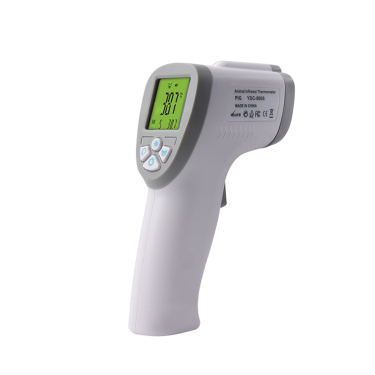Dog Thermometer: Essential Tool for Pet Health Monitoring

# Dog Thermometer: Essential Tool for Pet Health Monitoring
## Why Every Pet Owner Needs a Dog Thermometer
Keyword: dog thermometer
Monitoring your dog’s health is a crucial responsibility for any pet owner. One of the most important tools in your pet care arsenal should be a reliable dog thermometer. Unlike human thermometers, these specialized devices are designed specifically for canine use, providing accurate readings that can help you detect potential health issues early.
## Understanding Normal Dog Temperature
Before using a dog thermometer, it’s essential to know what constitutes a normal temperature range for your furry friend:
– Normal range: 101°F to 102.5°F (38.3°C to 39.2°C)
– Puppies may have slightly higher temperatures
– Small breeds often run warmer than large breeds
## Types of Dog Thermometers Available
### Digital Rectal Thermometers
The most accurate option for measuring a dog’s core temperature. These thermometers provide quick readings and are relatively easy to use with proper technique.
### Ear Thermometers
Less invasive than rectal thermometers, ear models measure infrared heat waves from the ear canal. While convenient, they may be slightly less accurate.
### Non-contact Infrared Thermometers
These allow temperature taking without physical contact, making them ideal for nervous or aggressive dogs. However, they typically measure surface temperature rather than core temperature.
## How to Properly Use a Dog Thermometer
Using a dog thermometer correctly ensures accurate readings and keeps your pet comfortable:
1. Choose a quiet, calm environment
2. Have treats ready for positive reinforcement
3. For rectal thermometers, use petroleum jelly as lubricant
4. Insert gently (about 1 inch for medium-sized dogs)
5. Hold until the thermometer beeps
6. Clean thoroughly after each use
## When to Check Your Dog’s Temperature
Regular temperature checks aren’t necessary for healthy dogs, but you should use your dog thermometer when you notice:
– Lethargy or unusual behavior
– Loss of appetite
– Shivering or panting excessively
– Nasal discharge or coughing
– Before and after vaccinations
– During pregnancy monitoring
## Interpreting the Results
Understanding what your dog’s temperature means is just as important as taking it:
– Below 99°F (37.2°C): Hypothermia – seek veterinary attention
– 103°F (39.4°C) or above: Fever – consult your vet
– 106°F (41.1°C) or higher: Emergency – immediate veterinary care required
## Maintaining Your Dog Thermometer
Proper care ensures your thermometer remains accurate and hygienic:
– Clean with alcohol wipes after each use
– Store in a protective case
– Check batteries regularly
– Replace if damaged or giving inconsistent readings
– Consider having a backup thermometer
## Choosing the Right Dog Thermometer
When selecting a dog thermometer, consider:
– Your dog’s size and temperament
– Ease of use and reading display
– Speed of measurement
– Waterproof features if needed
– Warranty and customer reviews
Investing in a quality dog thermometer is one of the smartest decisions you can make for your pet’s health. By regularly monitoring your dog’s temperature when needed, you can catch potential health issues early and provide your veterinarian with valuable information. Remember that while a dog thermometer is an essential tool, it doesn’t replace professional veterinary care when your pet shows signs of illness.
